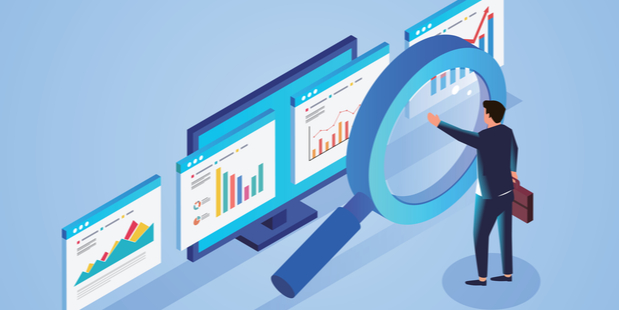Today, data is constantly being generated and analyzed at an unprecedented pace. Ensuring the accuracy and reliability of this data is crucial. This is where data observability comes into play. Data observability refers to the ability to monitor, measure, and improve the quality of your data in real time. It enables data teams to have complete visibility into their data, ensuring that it is accurate, reliable, and compliant with all the necessary regulations. In this guide to data observability, we’ll discuss the essential principles of data observability that can help ensure the accuracy and reliability of your data.
1. Understanding Your Data’s Health
The first principle of data observability is to understand the health of your data. Fortunately, you can quickly achieve this by implementing a data quality management system that continuously monitors your data. This system should incorporate various metrics that measure your data’s completeness, consistency, accuracy, timeliness, and reliability. By doing so, you can be sure that your data is healthy and free of errors or anomalies. With this information, you can take the first step towards ensuring that your data is always in good shape and can be relied upon for accurate insights.
2. Monitoring Your Data Pipeline
Data observability is not just about understanding the health of your data but also about understanding the health of your data pipeline. This means that you should be able to monitor your data pipeline in real time, identify any bottlenecks or errors, and quickly respond to them. You should implement a pipeline monitoring system that provides complete visibility into your data pipeline. This system should incorporate various metrics, such as data flow, throughput, latency, and error rates, to ensure the health of your data pipeline.
3. Investing In Automation
Automation has become an indispensable aspect of data observability. Not only does it reduce the potential for human error, but it also enables swift responses to problems that arise. Investing in automation is crucial for businesses that rely on data quality management and pipeline monitoring systems. Automated testing, monitoring, and alerting systems that integrate with your existing systems can rapidly identify and report issues to the relevant personnel. This means that rather than being bogged down by tedious and laborious manual monitoring tasks, your team can be more productive and efficient, focusing on critical tasks that require human expertise. In short, automation is the key to unlocking the full potential of your data observability processes.
4. Collaborating Across Teams
Data observability requires collaboration across teams, including data engineers, analysts, and scientists. Data observability is not just a matter of IT but a shared responsibility across the organization. Organizations must implement a collaboration platform to facilitate better teamwork and communication, enabling these teams to share crucial data information. This shared platform can provide complete visibility into any data issues, from bugs to inconsistencies, and help different teams work together to resolve them efficiently. By collaborating across teams and using a shared platform, businesses can ensure data reliability and integrity, leading to greater success and growth.
5. Continuously Improving Your Data Practices
Data observability is not a one-time exercise but a continuous process. You should continuously review, monitor, and improve your data practices to ensure that your data is accurate, reliable, and compliant with all the necessary regulations. You should invest in continuous data testing, monitoring, and compliance systems that enable you to improve your data practices continually.
Final Thoughts
Data observability is crucial for ensuring the accuracy and reliability of your data. By understanding the health of your data, monitoring your data pipeline, investing in automation, collaborating across teams, and continuously improving your data practices, you can ensure that your data is accurate, reliable, and compliant with all the necessary regulations. Data observability requires investment in various tools and systems, but the benefits of doing so far outweigh the costs. Therefore, if you want to ensure the accuracy and reliability of your data, you should prioritize data observability in your organization.

